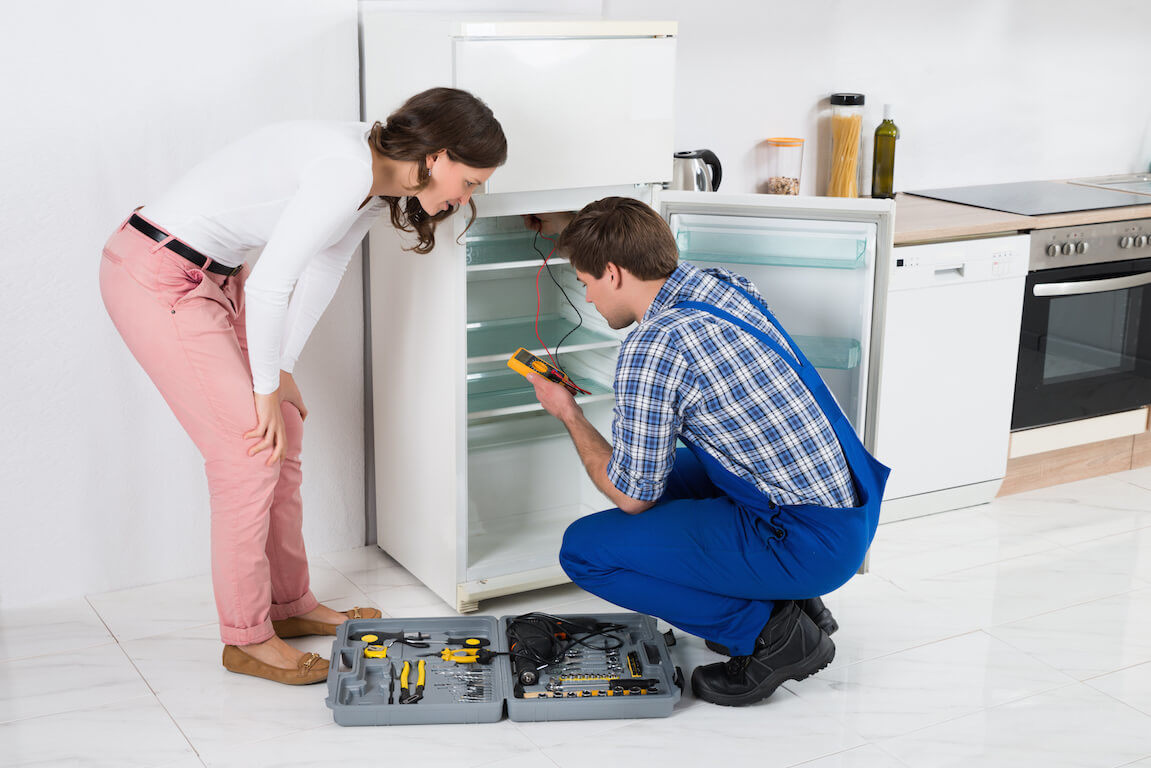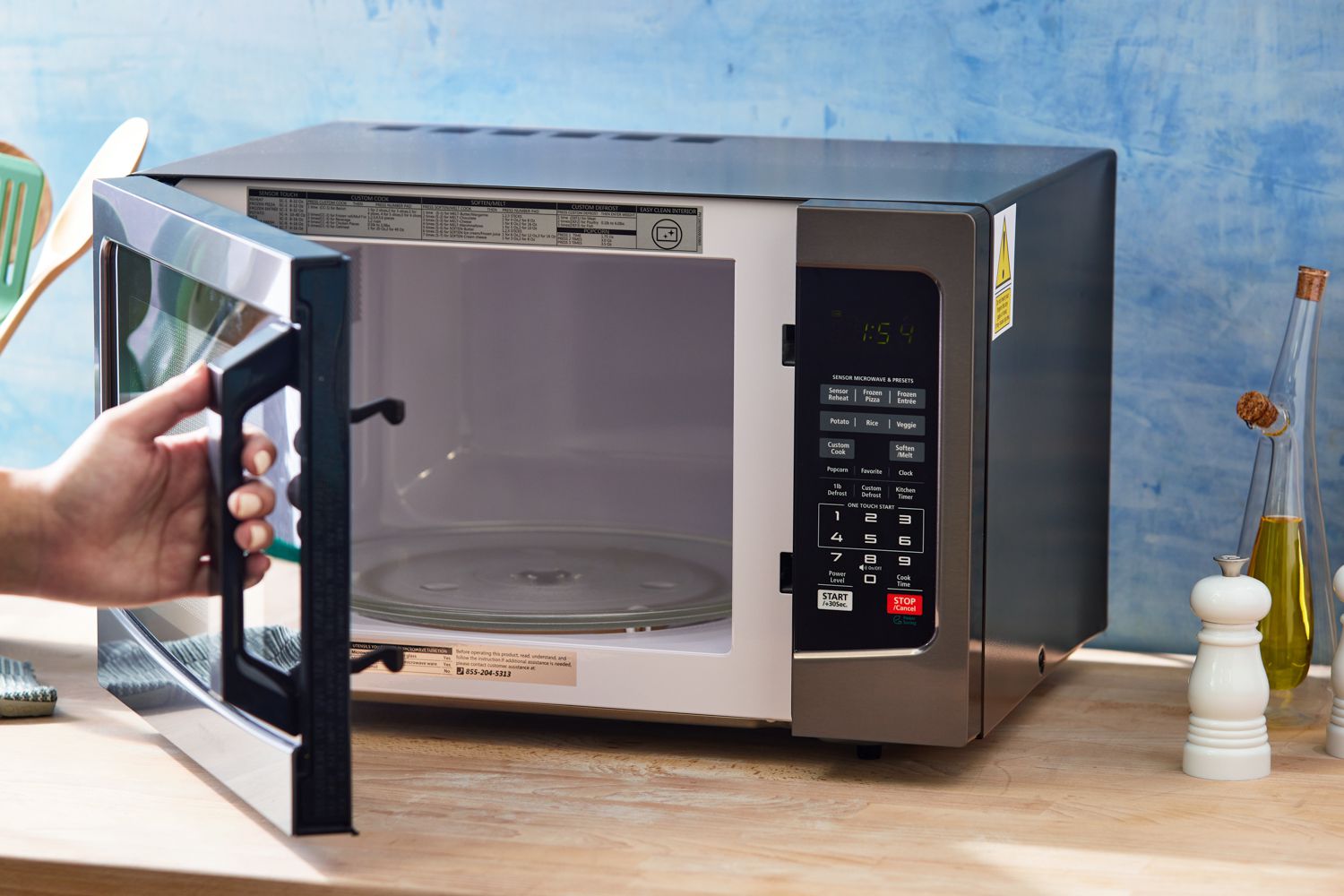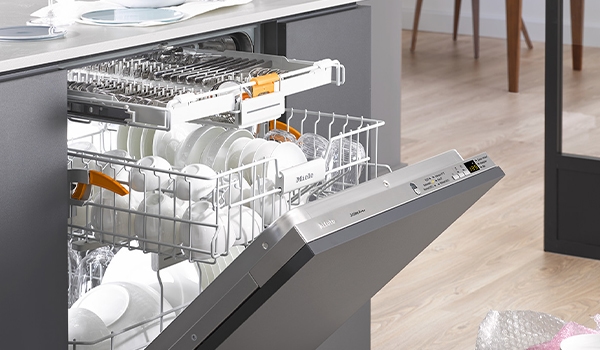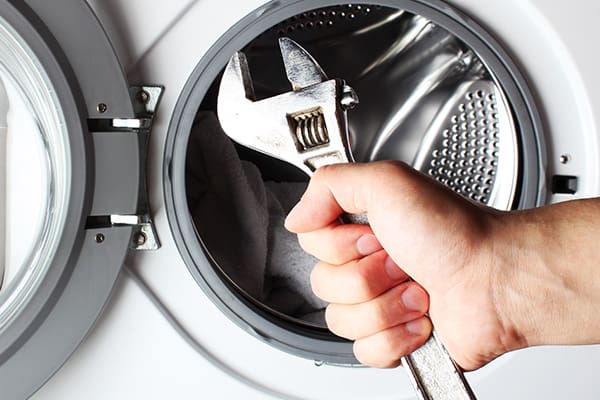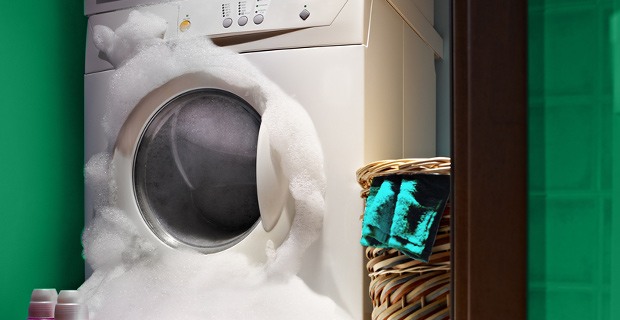DIY Refrigerator Repair: Common Issues and How to Fix Them
Modern refrigerators are marvels of convenience, but even the most reliable appliances can encounter issues over time. Understanding common refrigerator problems and how to address them can save both time and money. From cooling inefficiencies to annoying noises and pesky leaks, recognizing the signs of trouble is crucial. This guide explores DIY solutions for various refrigerator issues, empowering homeowners to tackle repairs with confidence. However, safety is paramount, and knowing when to call in professional assistance is equally important. By following proper precautions and understanding the nuances of refrigerator repair, individuals can ensure their appliances remain efficient and reliable for years to come.
DIY Refrigerator Repair: Common Issues and How to Fix Them
Identifying common refrigerator issues is the first step in effectively addressing any problems with your appliance. By recognizing the signs of trouble early on, you can prevent minor issues from escalating into major repairs or even the need for a replacement. Here are some key indicators to watch out for:
Inadequate Cooling: If your refrigerator isn't keeping food as cold as it should, or if certain areas are warmer than others, it could indicate issues with the thermostat, condenser coils, or compressor.
Unusual Noises: Strange sounds such as buzzing, clicking, or rattling can signal problems with components like the evaporator fan, condenser fan, or compressor. Ignoring these noises may lead to further damage.
Leaks: Puddles of water on the floor or moisture inside the refrigerator are signs of leaks. These could be caused by a clogged defrost drain, damaged water line, or faulty door seals.
Frost Buildup: Excessive frost accumulation in the freezer or on the evaporator coils suggests issues with the defrost system, including a malfunctioning defrost timer, heater, or thermostat.
Faulty Lights or Controls: If the interior lights don't turn on when you open the door, or if the control panel displays error codes or malfunctions, there may be electrical or electronic issues that require attention.
By staying vigilant and promptly addressing these common refrigerator issues, you can prolong the lifespan of your appliance and ensure it continues to operate efficiently.
DIY Solutions for Refrigerator Cooling Problems
When faced with refrigerator cooling problems, there are several DIY solutions you can try before resorting to professional assistance. Here are some effective methods to improve cooling efficiency:
Cleaning Condenser Coils: Over time, dust and debris can accumulate on the condenser coils, hindering heat transfer and reducing cooling effectiveness. Use a coil brush or vacuum attachment to gently clean the coils at least twice a year.
Checking Door Seals: Worn or damaged door seals can allow warm air to enter the refrigerator, causing it to work harder to maintain the desired temperature. Inspect the seals for cracks, tears, or looseness, and replace them if necessary. A simple test using a dollar bill can help determine if the seals are properly sealing the door.
Adjusting Temperature Settings: Ensure that the thermostat is set to the correct temperature for both the refrigerator and freezer compartments. Avoid setting the temperature too low, as this can lead to excessive cooling and energy waste.
Ensuring Proper Air Circulation: Make sure there is adequate space around the refrigerator for proper airflow. Avoid blocking vents or overloading the appliance with food items, as this can obstruct airflow and impede cooling.
Checking for Obstructions: Inspect the vents inside the refrigerator and freezer compartments for any obstructions such as food packaging or ice buildup. Clearing these obstructions can improve air circulation and cooling performance.
By implementing these DIY solutions for refrigerator cooling problems, you can optimize the performance of your appliance and ensure that your food stays fresh for longer periods.
Fixing Noisy Refrigerator Concerns
Noisy refrigerator concerns can be both annoying and indicative of underlying issues that need to be addressed. Here are some DIY solutions to help quiet your noisy refrigerator:
Fan and Evaporator Motor Maintenance
Noises like buzzing or rattling may stem from faulty fan or evaporator motor components. Begin by unplugging the refrigerator and locating these parts. Clean away any debris and lubricate moving parts as needed. If the noise persists, consider replacing the affected parts.
Compressor Troubleshooting
A noisy compressor, often indicated by a loud humming or rattling sound, can disrupt your kitchen ambiance. Check for loose or worn compressor mounts, and tighten or replace them accordingly. If the noise persists, it may be a sign of compressor failure, requiring professional repair or replacement.
Leveling the Refrigerator
Sometimes, a refrigerator can produce noise simply because it's not sitting level on the floor. Use a level to ensure that all four corners of the appliance are evenly balanced. Adjust the leveling feet as necessary to eliminate any rocking or shaking.
Inspecting Internal Components
Noises originating from inside the refrigerator could indicate loose shelves, drawers, or other internal components. Check for loose items and tighten any screws or bolts to secure them in place.
Soundproofing
Consider adding sound-absorbing materials such as foam or rubber pads to the exterior or interior of the refrigerator to dampen noise vibrations and reduce overall sound levels.
By addressing these common causes of noisy refrigerator operation, you can restore peace and quiet to your kitchen while ensuring that your appliance continues to function efficiently.
Addressing Refrigerator Leaks
Refrigerator leaks are not only messy but can also indicate underlying issues that need attention. Here's how to address them effectively:
Defrost Drain Maintenance: A common cause of refrigerator leaks is a clogged defrost drain. Locate the drain opening typically found at the back of the refrigerator or inside the freezer compartment. Use a turkey baster filled with warm water or a pipe cleaner to remove any debris obstructing the drain. Follow up with a mixture of water and vinegar to ensure thorough cleaning.
Inspecting Water Lines: Check the water supply line connected to the refrigerator for leaks or damage. Tighten any loose connections and replace any damaged or worn-out tubing. If there are visible leaks, turn off the water supply to the refrigerator until repairs can be made.
Examining Door Seals: Leaks around the refrigerator door may indicate compromised door seals. Inspect the seals for cracks, tears, or signs of wear. Replace the seals if necessary to ensure a proper, airtight seal that prevents warm air from entering the appliance.
Clearing Ice Maker Issues: If your refrigerator is equipped with an ice maker, leaks may occur due to problems with the ice maker assembly or water inlet valve. Check for leaks around these components and replace any faulty parts as needed.
Regular Maintenance: Prevent future leaks by performing regular maintenance tasks such as cleaning the defrost drain, inspecting water lines, and ensuring proper door seal integrity.
By addressing refrigerator leaks promptly and effectively, you can prevent water damage to your home and ensure the continued efficient operation of your appliance.
Safety Precautions and Professional Assistance
When it comes to DIY refrigerator repair, safety should always be a top priority. Here are some essential safety precautions to keep in mind
Unplug the Appliance: Before attempting any repairs or maintenance, always unplug the refrigerator from the power source to avoid the risk of electric shock.
Use Protective Gear: Wear appropriate safety gear such as gloves and safety goggles to protect yourself from sharp edges, electrical components, and cleaning chemicals.
Follow Manufacturer Instructions: Consult the refrigerator's user manual for specific safety guidelines and instructions provided by the manufacturer.
Work in a Well-Ventilated Area: Ensure adequate ventilation when working with cleaning chemicals or performing tasks that generate fumes to avoid exposure to harmful substances.
Avoid Overexertion: Refrigerators can be heavy and awkward to maneuver. Use proper lifting techniques and enlist the help of a friend if needed to prevent strains or injuries.
While many refrigerator repairs can be tackled as DIY projects, there are instances where professional assistance may be necessary:
Complex Repairs: If the repair requires specialized tools or expertise beyond your skill level, it's best to leave it to trained professionals.
Warranty Coverage: Attempting DIY repairs may void the manufacturer's warranty, so consider whether the repair is covered under warranty before proceeding.
Safety Concerns: If you're unsure about the safety implications of a repair or if the repair involves electrical components, it's safer to seek professional assistance to avoid accidents or damage to the appliance.
By prioritizing safety and knowing when to seek professional help, you can ensure the successful repair and maintenance of your refrigerator while minimizing risks to yourself and your appliance.


